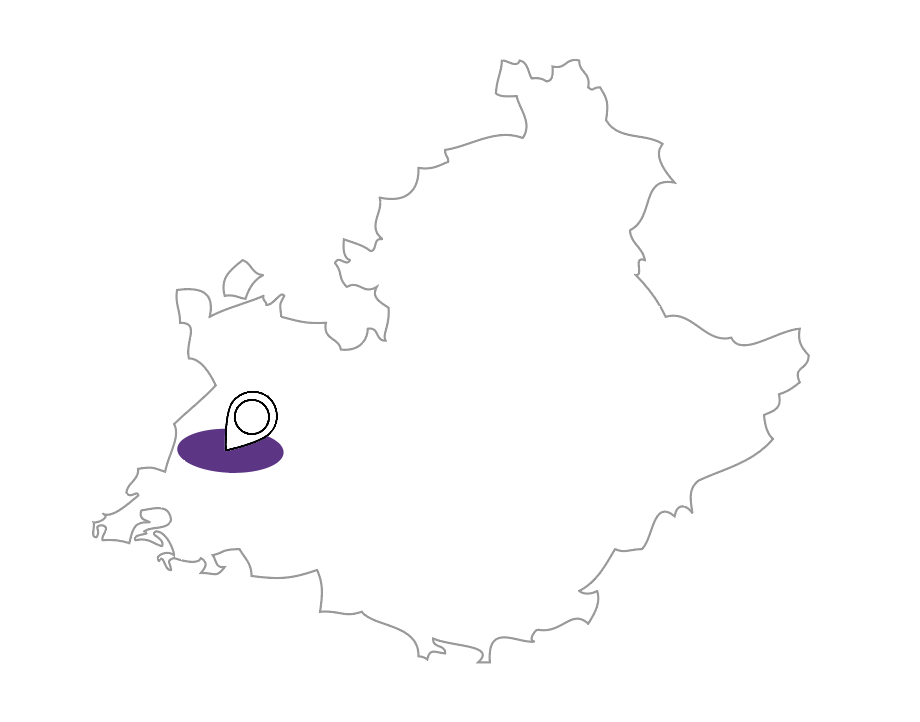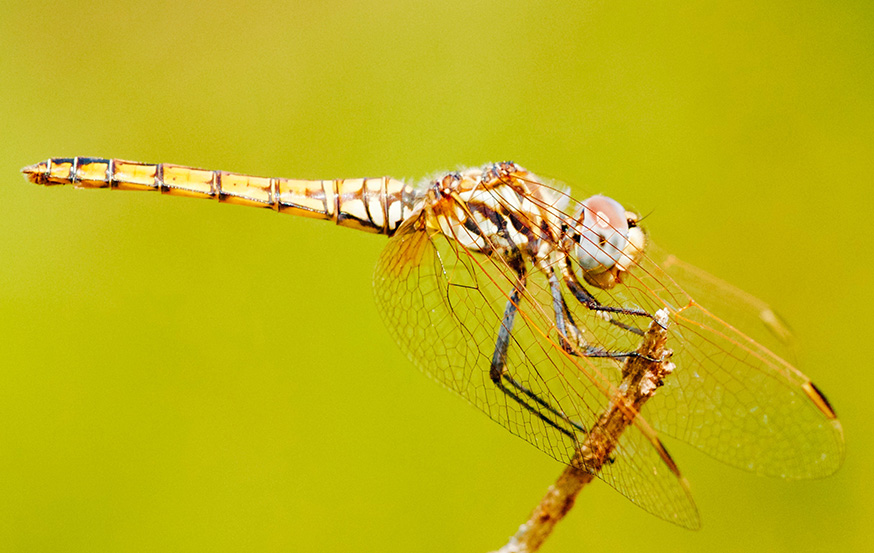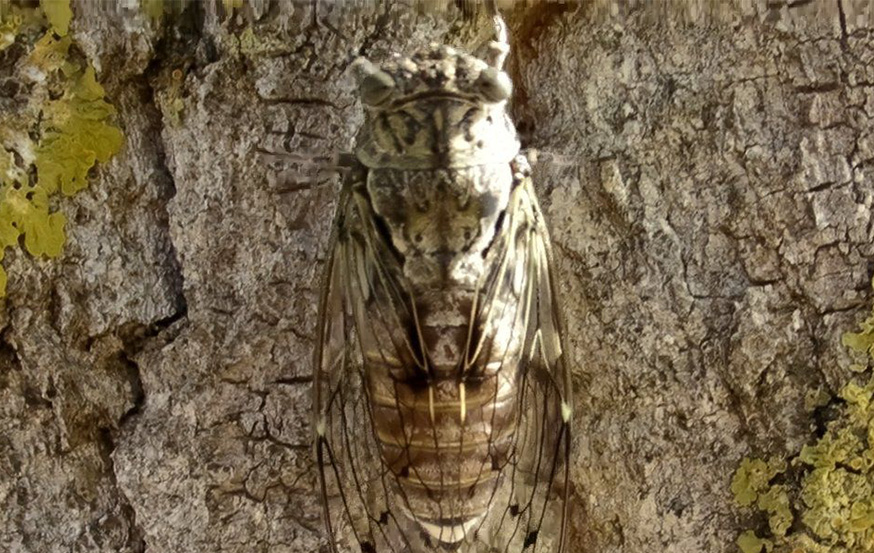

The Alpilles
The Alpilles

in vincent’s footprints
in vincent’s footprints
Overview
Sublime landscapes and fiercely preserved traditions help create the atmospheric conditions of the Alpilles. These scented vistas have inspired great artists and nature lovers alike.
Mild winters, hot and dry summers, strong winds and impoverished soils make this territory a favourite place for exceptional and often rare natural habitats. They provide a haven for the wildlife associated with them.
Rocky escarpments with relatively moderate human pressures, make it a favourable nesting environment for rare and endangered species, such as Bonelli’s Eagle or Egyptian Vulture. Extensive farming activities are important here for maintaining these rich ecological environments and preventing the natural reforestation processes that would destroy it forever.

Van Gogh
Retrace the footsteps of a tortured artist who came here, like so many, because of the extraordinary light and colour palette the South of France has to offer. Van Gogh arrived in Arles in 1888, the move would help inspire him and develop his new post-impressionist style. Hoping to create a studio with fellow artists, that short lived idle ended in a clash with his then housemate Gaugin. It was during that tumultuous brawl of artistic temperaments that he famously cut off part of his ear. His declining mental health led him to voluntarily admit himself into a local asylum in Saint Rémy. He spent a year in the institution but continued to paint around 150 canvases whilst commited. Those are amongst his greatest masterpieces.
There is a walking route in Saint Rémy, (about an hour) taking you through the pictureque landscapes that inspired him during his brief time in Provence. Don’t forget to keep an eye out for the wildlife if you ever retrace his journey.

Limestone block
The landscape here is magnificent: little mountains covered in scrubland, pine and oak forests, and verdant plains delight the eye at regular intervals. Throughout the Alpilles you will find steep little roads and pleasant shady paths, offering beautiful panoramas well worth a place on a postcard. The fields of olive trees stretch as far as the eye can see. A rich diversity of wildlife exists with certain species that are protected at national and regional levels, like the Crau Cricket and Bonelli’s Eagle.

Food chain
Food chains illustrate how living things are dependent on one another. They reveal the important role of plants, insects, and other animals in many systems. However, many insects are successful at escaping predation. One insect defence, camouflage, demonstrates the relationship between organisms and their environment (e.g., the insects ability to blend into its surroundings).

Who eats who
Given the diversity of insects, the variety of insect diets (plant eater, decaying matter eater, and animal eater), and the numerous insect predators (organisms that live by preying upon other organisms), insects are vital components to hundreds of food chains (series of living things dependent on one another). Food chains demonstrate causal links between each of the components (what eats who and in what order) – without one link the entire chain falls apart.

Structured food web
Simplifying the insect food web to three components gives: the producers, the consumers, and the predators. Producers include plants and plant parts (e.g., flowers, leaves, and stems). Producers get their energy through photosynthesis, and are the basis of most food chains. Because the first component of our food web involves plants, all consumers (organisms that consume producers) in this context are plant-eating insects. Lastly, the predators are at the top (or end) of the food chain and are the organisms that consume the insects. Insect predators are vast and numerous and can also include other insects.

Hide and seek
Despite an insect’s role in the food chain as prey (organism that is hunted or captured as food), many insects are quite successful at escaping predation. Different insects use different methods to elude predators – some possess stingers, some taste bad, some mimic other harmful insects, and some use camouflage.


